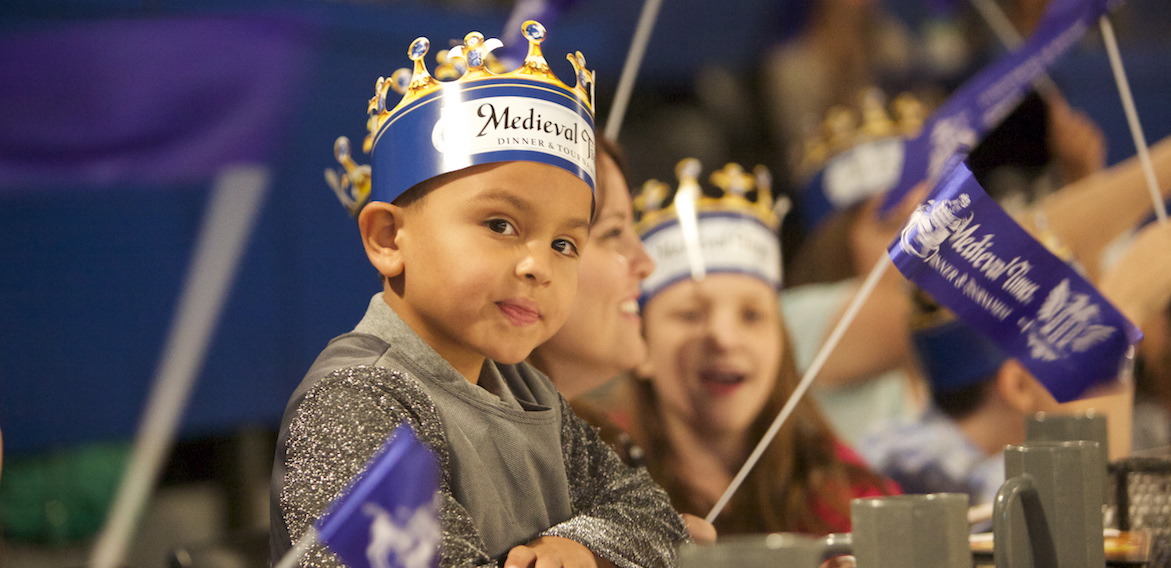

The tomato bisque soup is the best I’ve ever had. Eating your dinner with your hands is one of my families favorite things about the entire experience.įeast on garlic bread, tomato bisque soup, roasted chicken, sweet buttered corn, and herb-basted potatoes. During medieval times there wasn’t forks and spoons. Be prepared to enjoy your meal without eating utensils. One of my favorite part of the show is the live flight of the royal falcon! Watching the falcon fly is magical to see with your own eyes!ĭuring the show, you will be served a four course meal fit for a king. Ours… Lord of Navarre, the yellow knight was impressive with his showmanship of his horse and ability to joust. Six competing knights, each is referenced by a color. Each castle is unique in design with the Orlando castle being the oldest. During the show, be prepared for knights to engage in an assortment of battles to impress the King and Catalina, his daughter the beautiful princess! Medieval Times features nine castles across the United States. Few things are held in such great esteem by the Medieval warrior than a stalwart horse, who possesses the bold courage of his master and the quiet strength of his ancestors.” “In myth and in legend, the Knight and the horse are forever linked. When love and courage, meant winning the blessing from the king, status in the kingdom and a chance to win the princesses heart. Shouts of "Bring out the Pear!" mix with the happy din of birthday-drunk little lords and ladies.Medieval Times Orlando Dinner & Tournament is delicious food and entertainment all rolled into one. Medieval Times transports you to a more simpler time. Our Yellow Knight succumbs early, but we quickly shift our allegiance to the neighboring Black-and-White Knight. The color-coded cheering sections howl for blood as knights lance each other and tumble to the ground, then jump up to snatch an ax or bludgeon.

"The king conveys his blessings on the birthday of Julia King, age seven, Mark Sarto, age ten, Angelo Cucchiara, age twelve!" Repeatedly, the tension is broken when the Master of Ceremonies announces birthdays of crowd-members - scores of them.

The show steadily builds - from stately horses trotting backwards to the final clash of steel and valor in the Tournament Royale. An impulse purchase at this point is unwise - minutes later, they're taking a photo of your group and trying to sell it to you for another 5 bucks. Interspersed are visits by wenches and serfs selling souvenir booklets, illuminated flowers, pennants, and your personal king snapshot mounted in an elaborate promo booklet. Meals courses appear rhythmically, from the "stale bread" to the laughable tiny apple pastry that calls itself a dessert. Celtic is in, and a Druid has less pressure to perform than the Greatest Magician of All Time. Instead, a "Druid" spiritually cleanses the fog-filled arena of evil spirits. Merlin no longer warms up the audience with his feeble smaller-than-life magic tricks. Once in the arena, the crowd settles in for two hours of horsemanship and chivalrous battle. All too soon, the exit appears, and your only recourse is to start drinking heavily. Mounted on the walls are torture instruments like the " Breast Pincers," and " The Pear." Most of the featured devices were used in some lurid way on victims' private parts.

No attempt at accuracy or realism is made in the three small rooms that visitors traverse in single-file. The displays are half-baked torture tableaus featuring Halloween-grade decorative skeletons and lots of thick spray-on cobwebs. The museum, apparently mirrored at the other kingdoms, provide about three minutes of entertainment. Ticket-holders are issued crowns at the door, then photographed with a short costumed, bearded man - the King? The crowd accumulates in a set of large castle rooms, conveniently equipped with several bars, souvenir stands, Trace-Your-Heritage concessions, and a Torture Museum. The merchandising gauntlet is as fearsome as ever. The magic has faded a bit, partly due to MT's own stature as a tourism fixture, and the subsequent rise of hundreds of dinner theater and "eatertainment" options. Set in a sort of 11th century Spanish Camelot, the mealtime pageantry and Arthurian shtick has changed little. Color-coded paper crowns adorn the heads of visitors, who cheer on their favorite hued knights while eating without utensils. You probably know the routine, even if you haven't seen The Cable Guy.


 0 kommentar(er)
0 kommentar(er)
